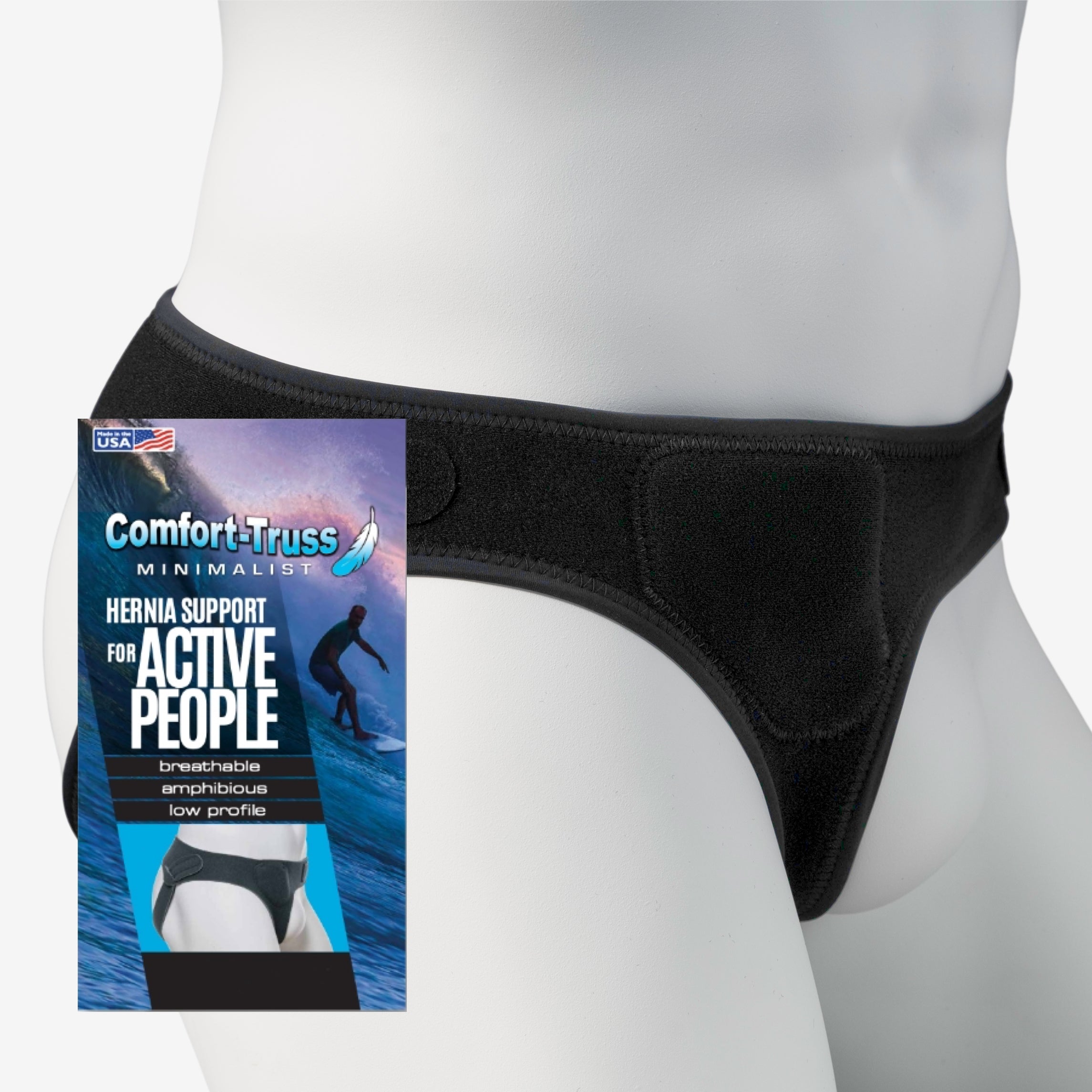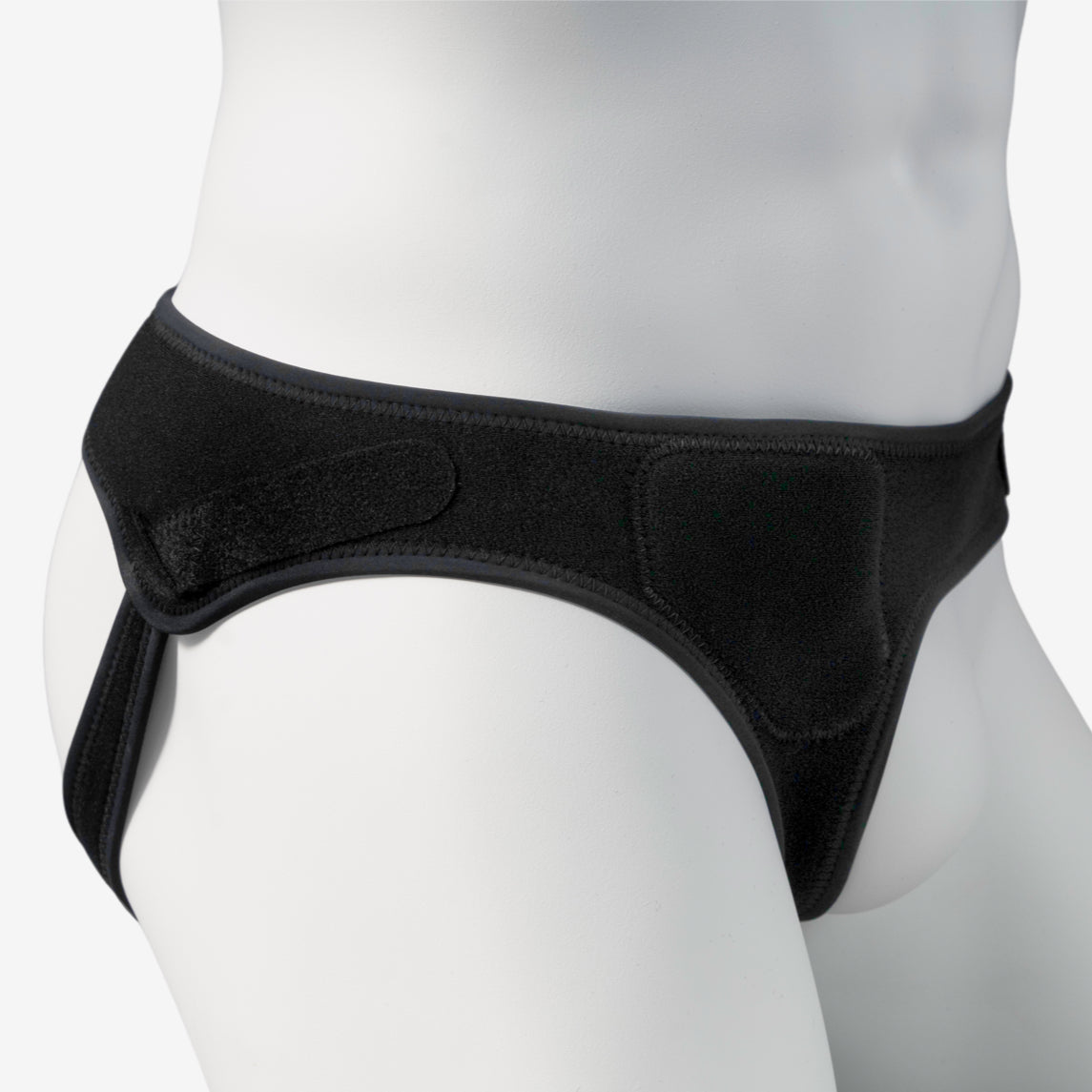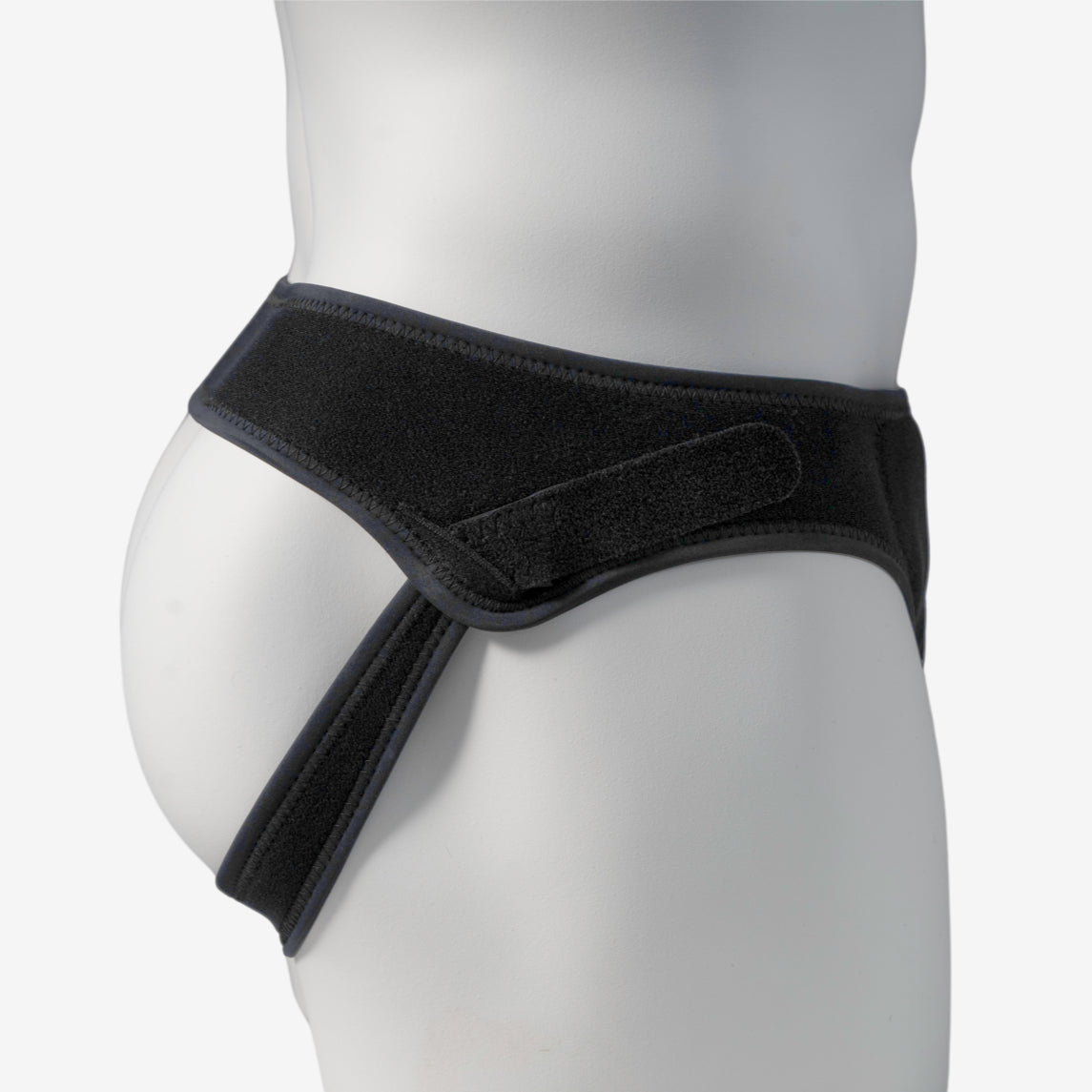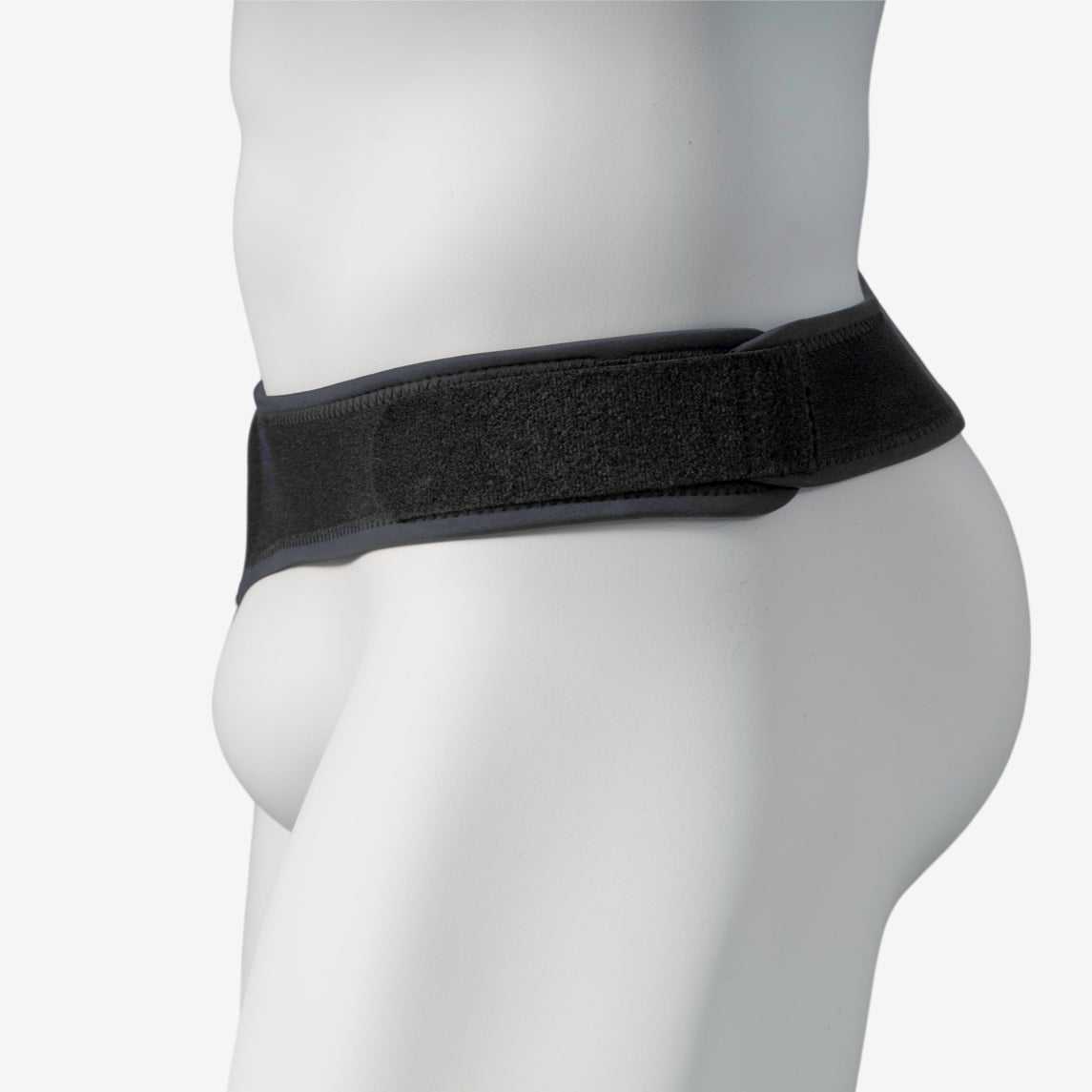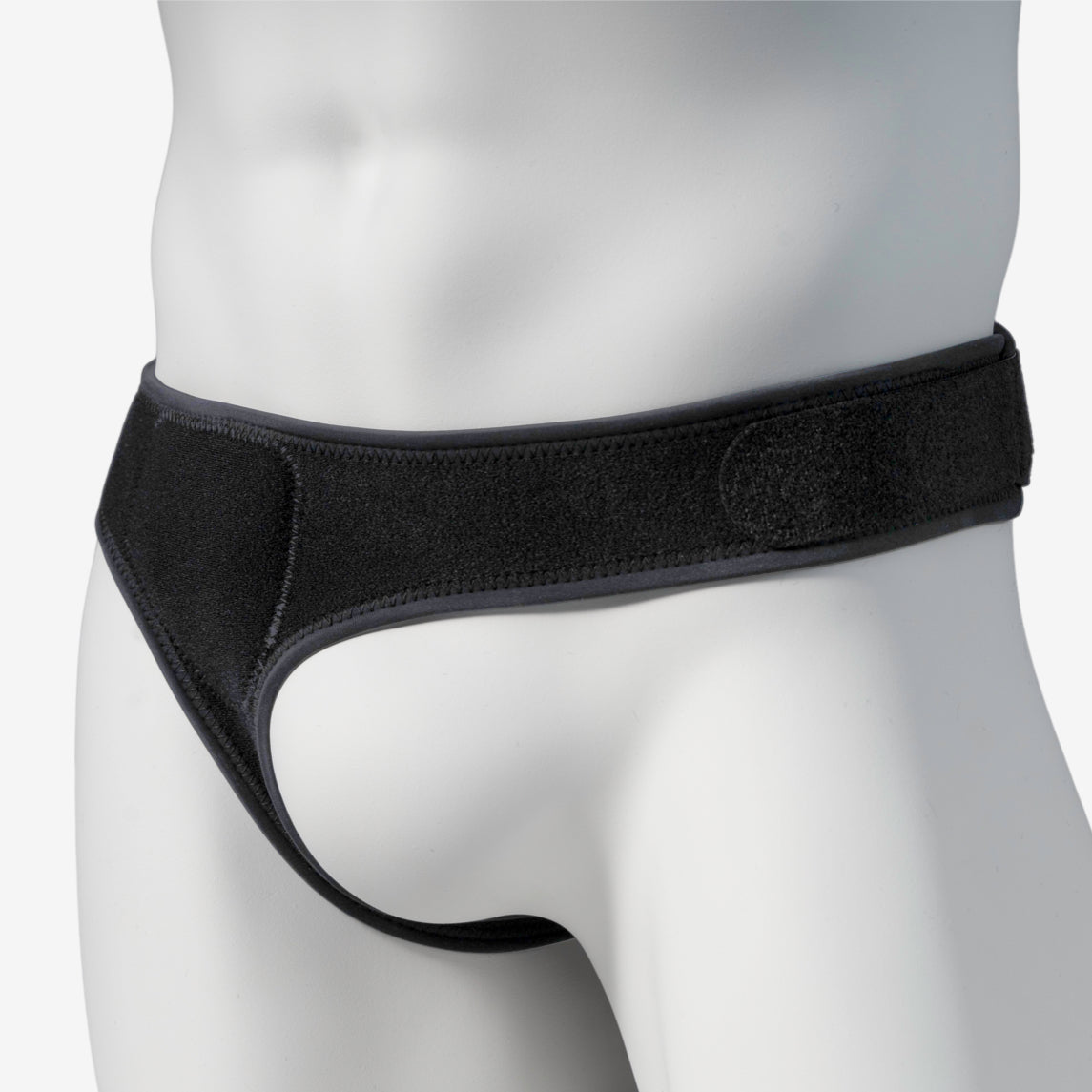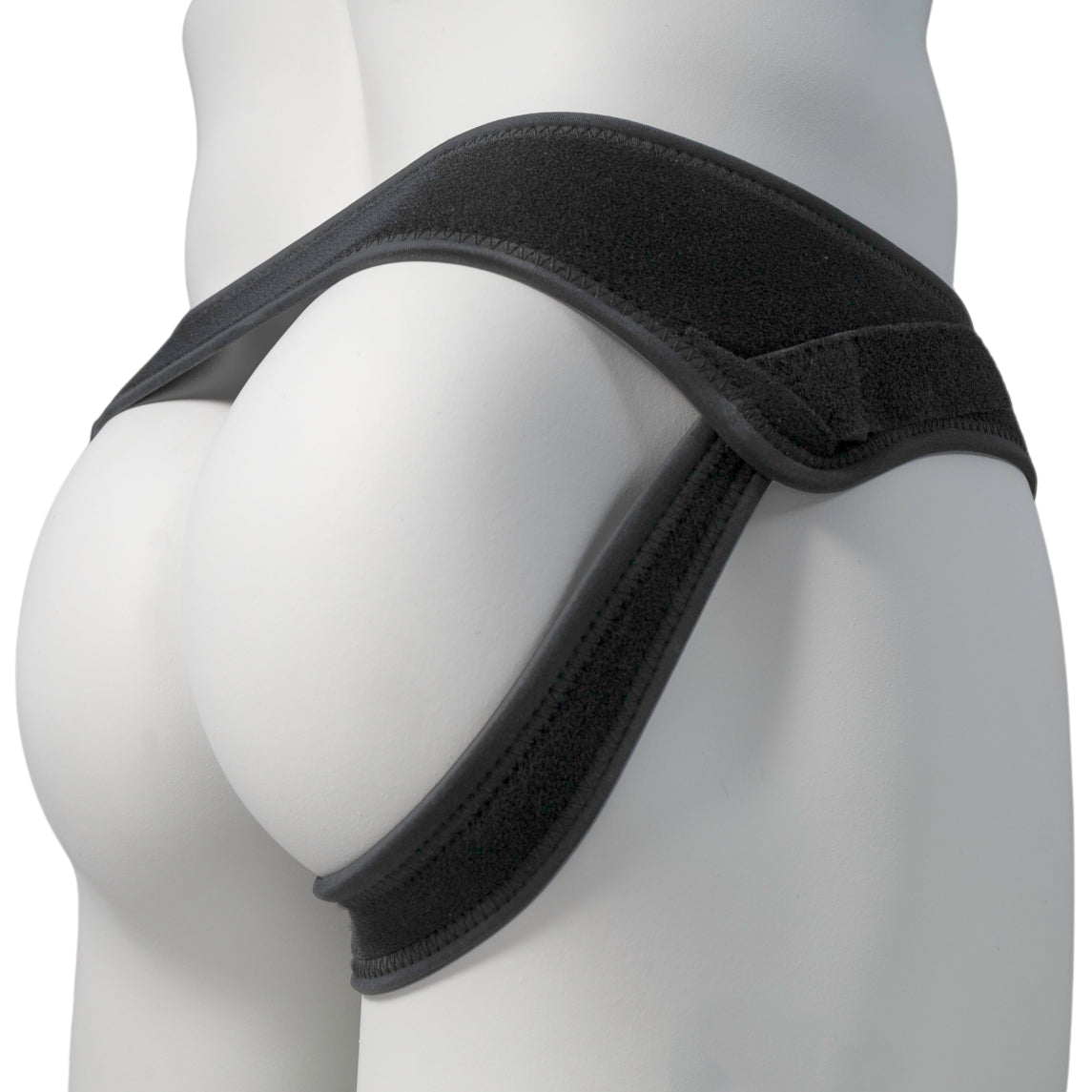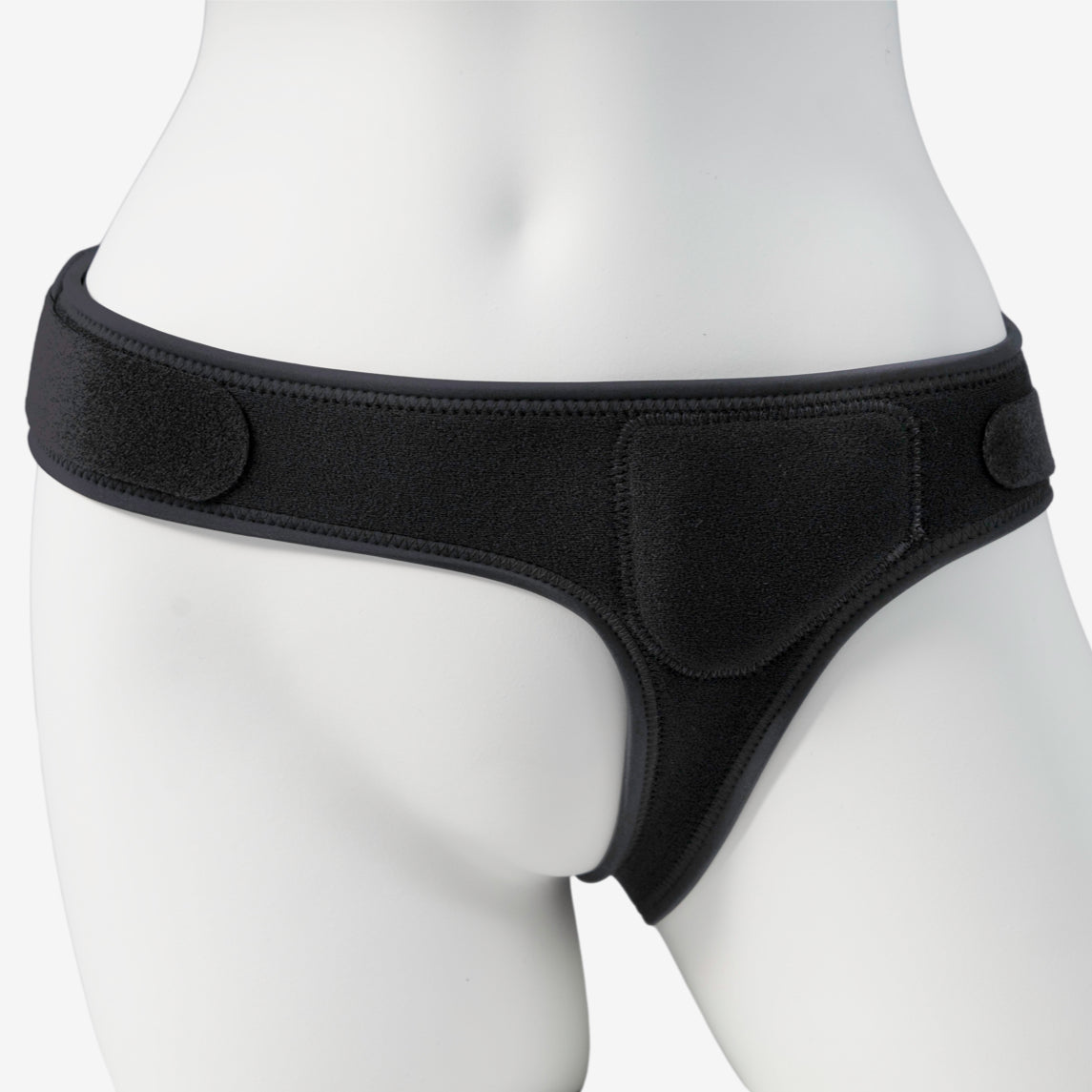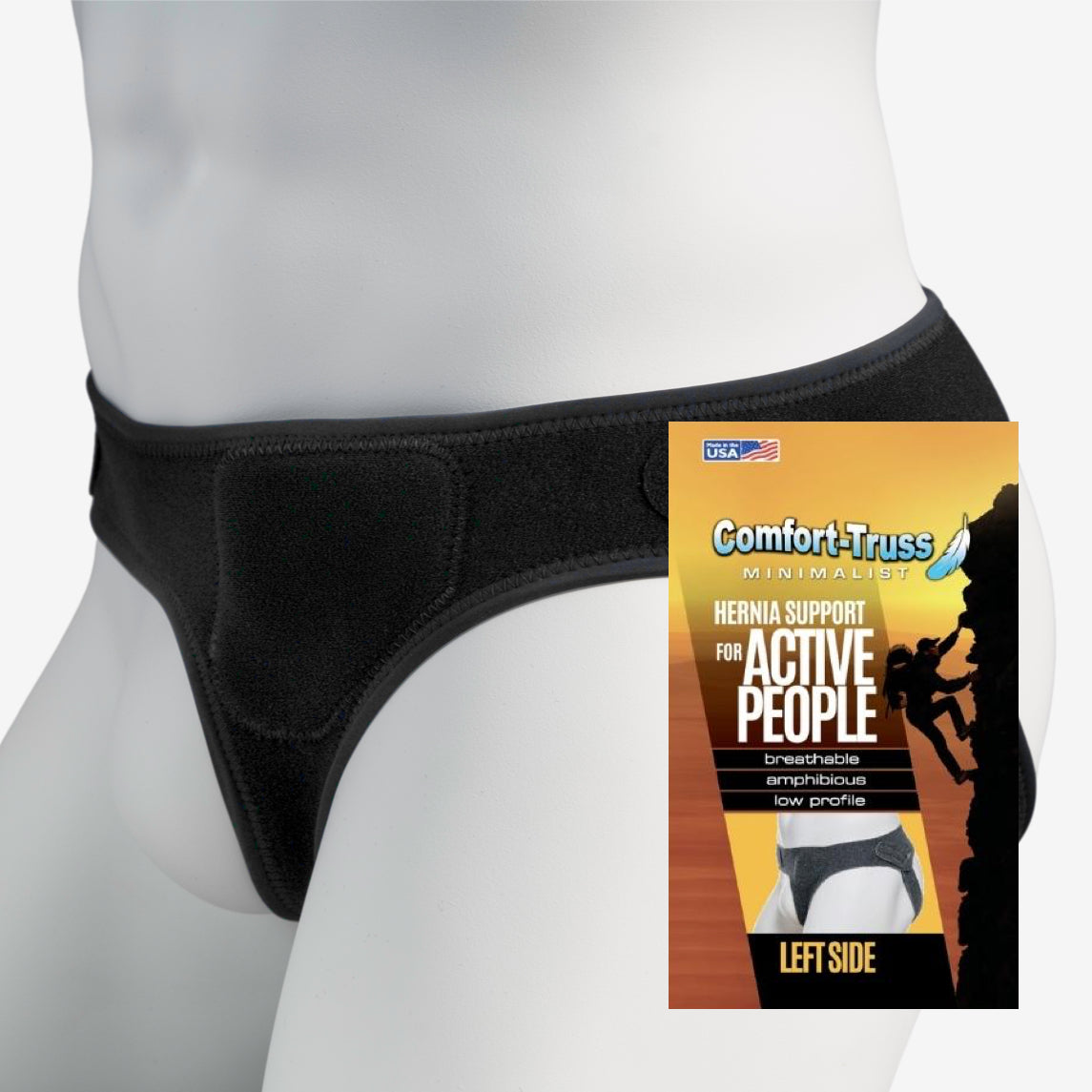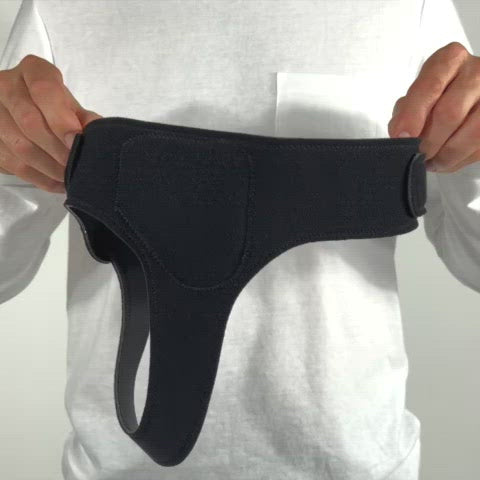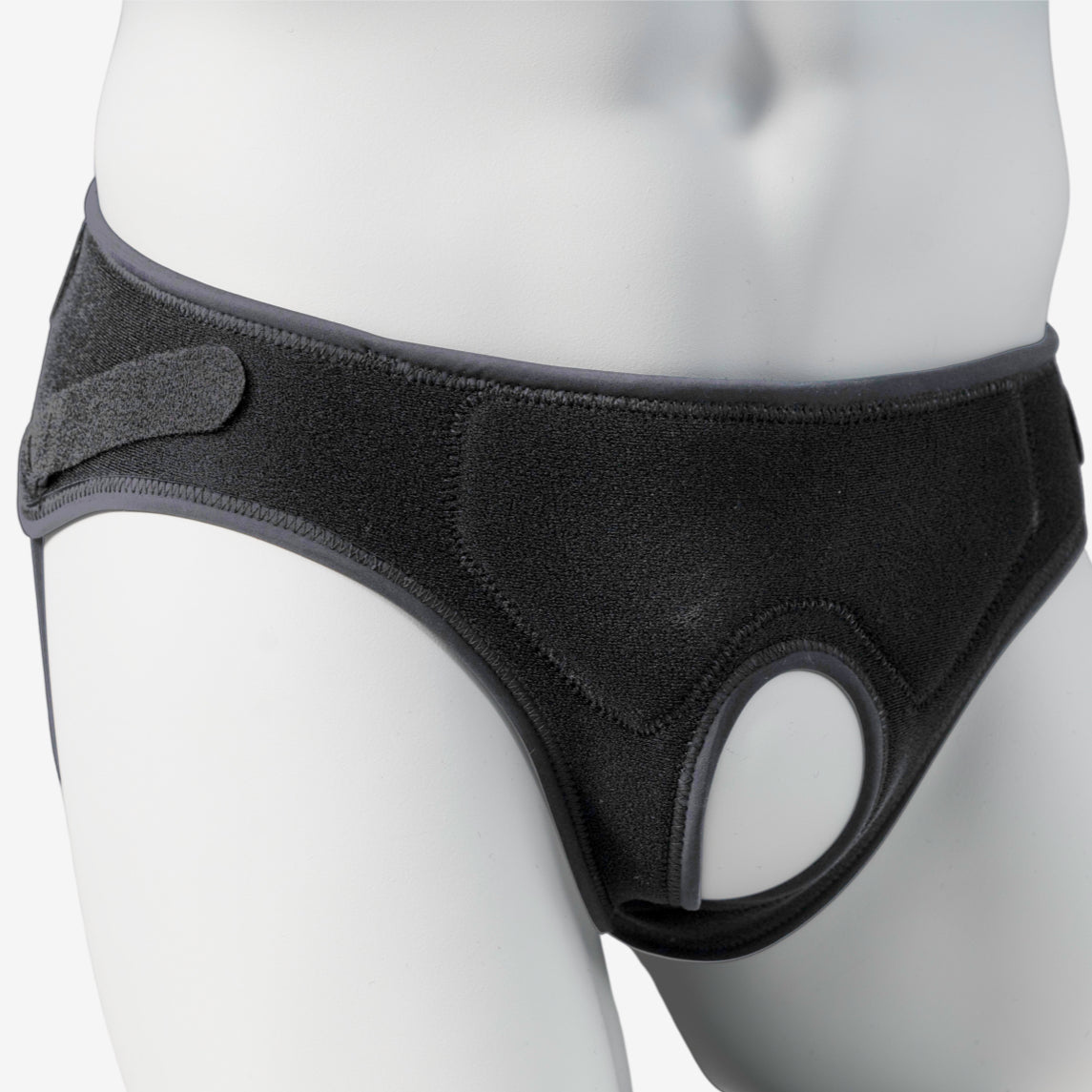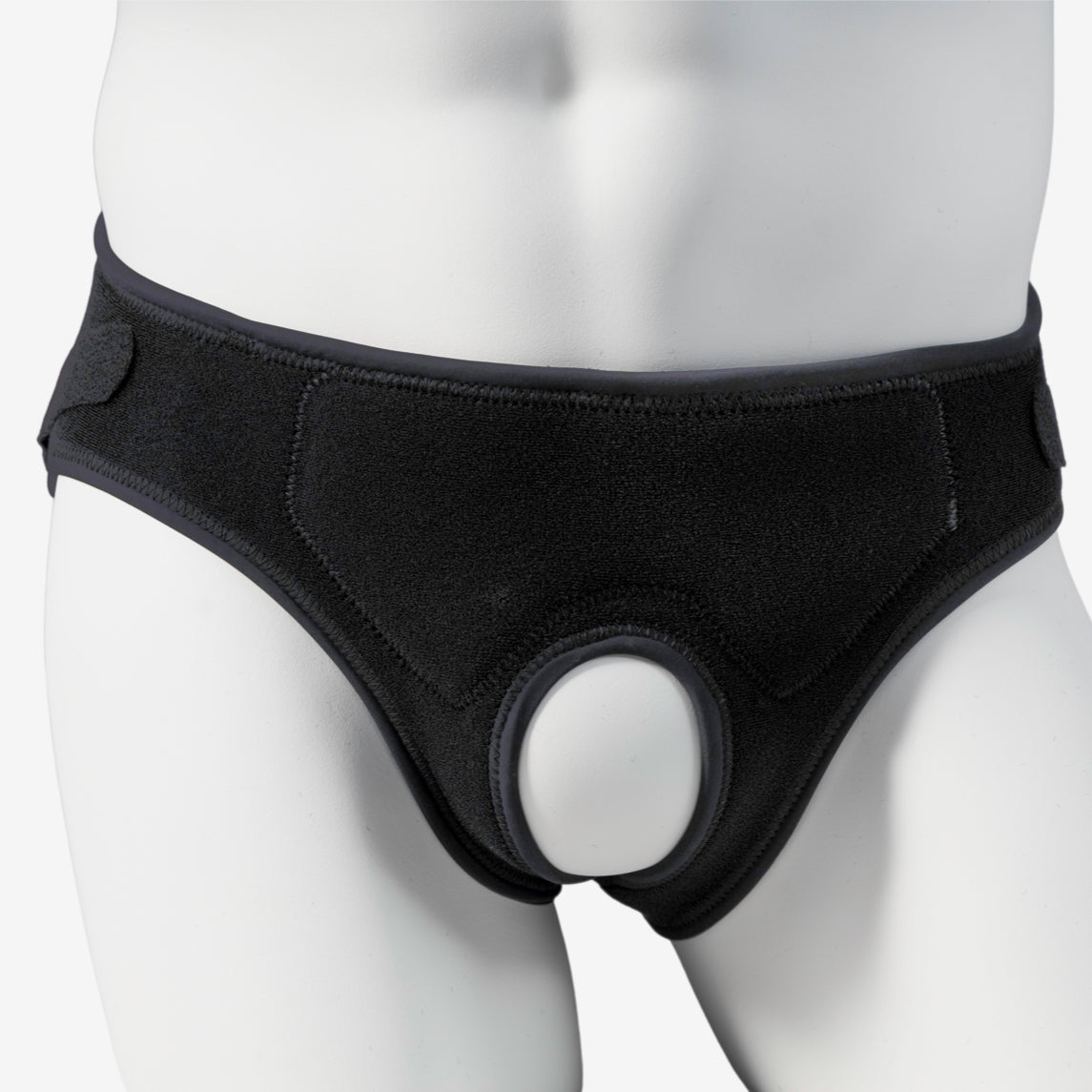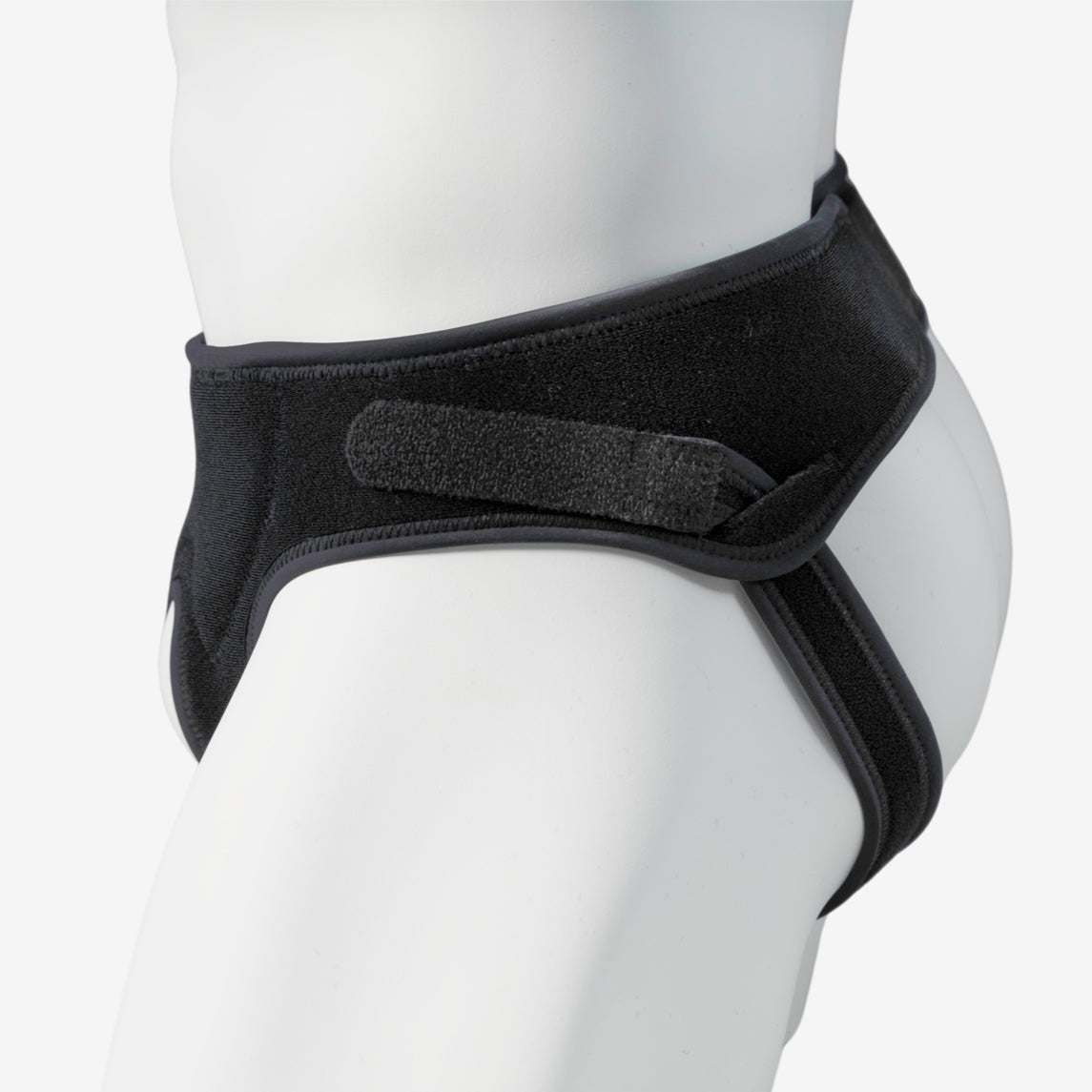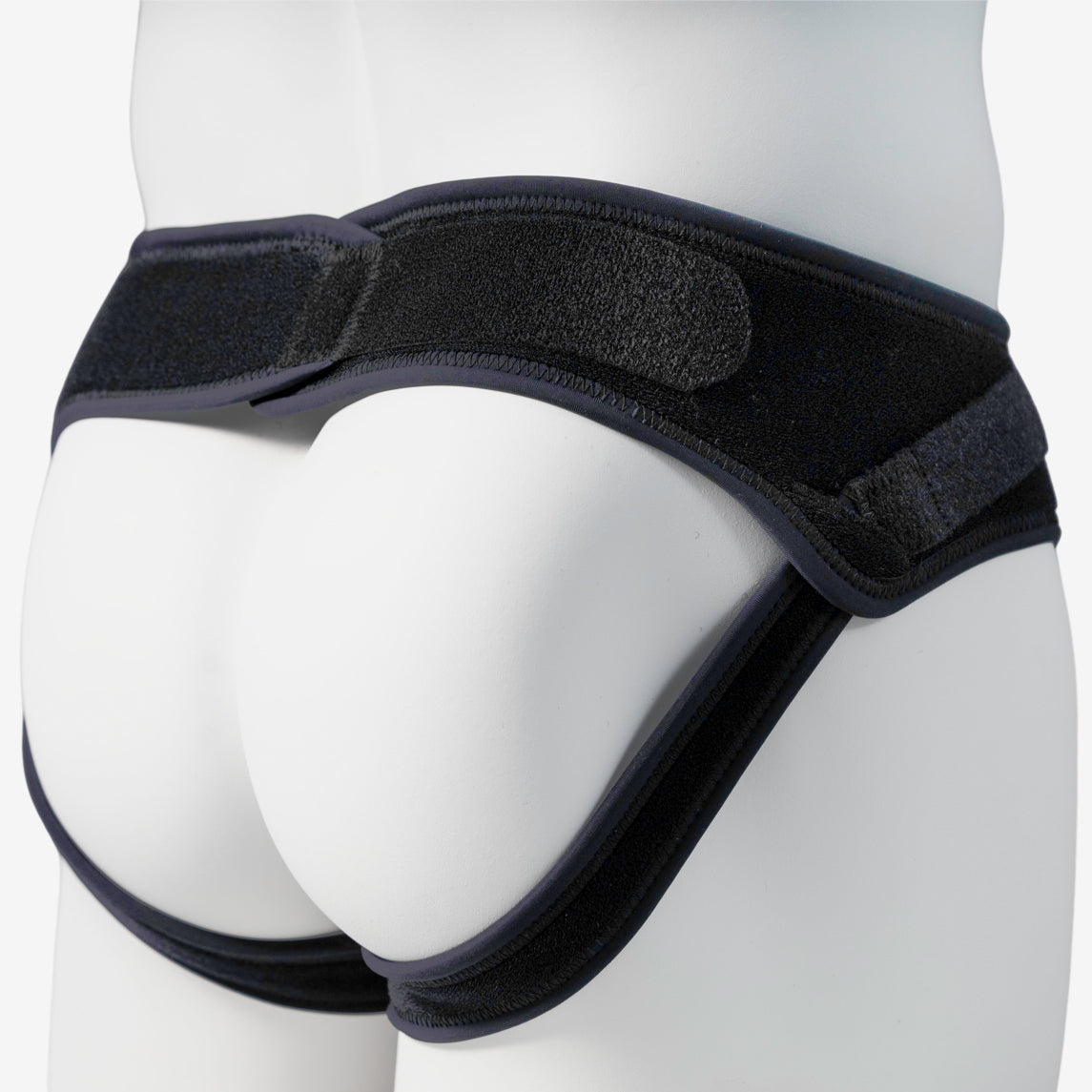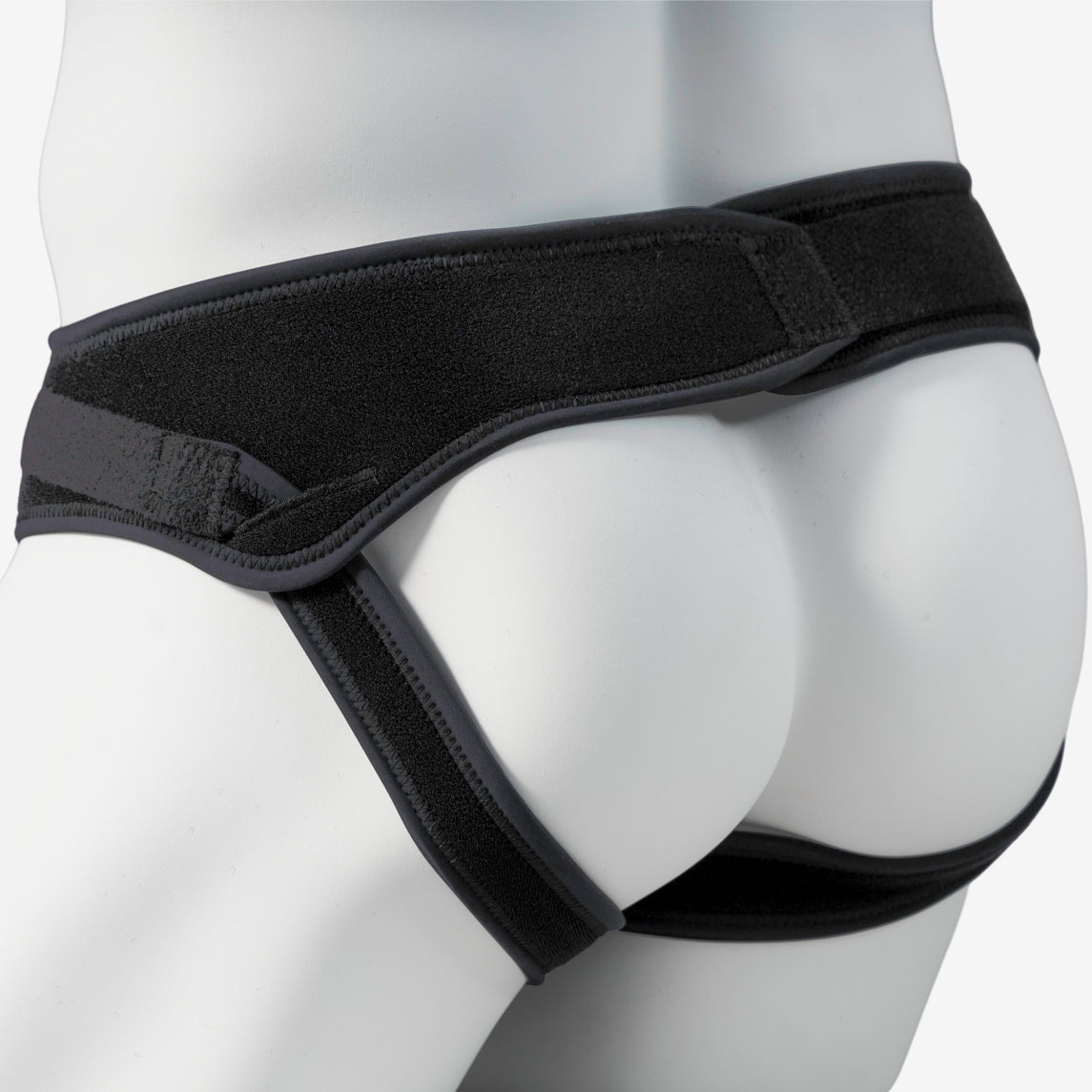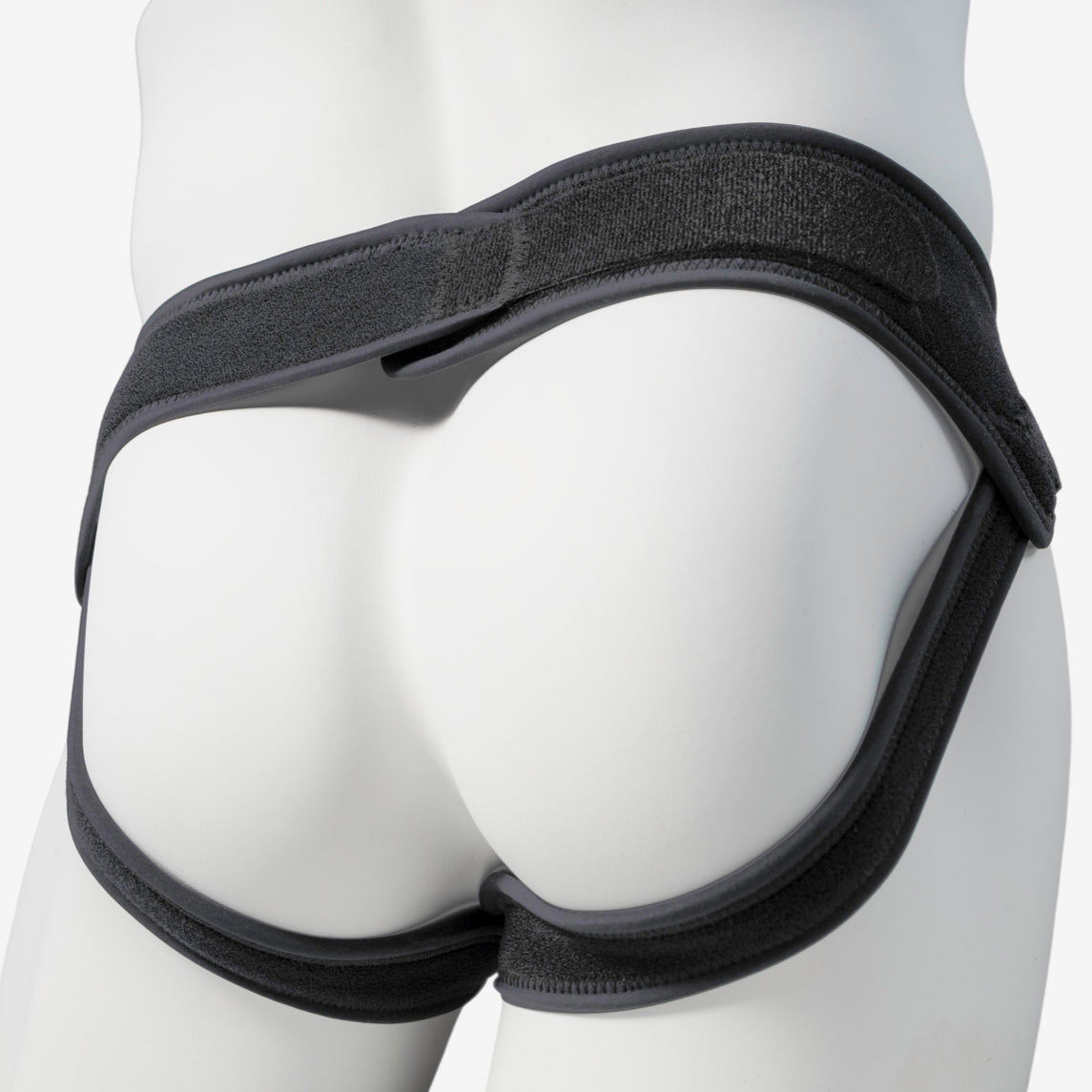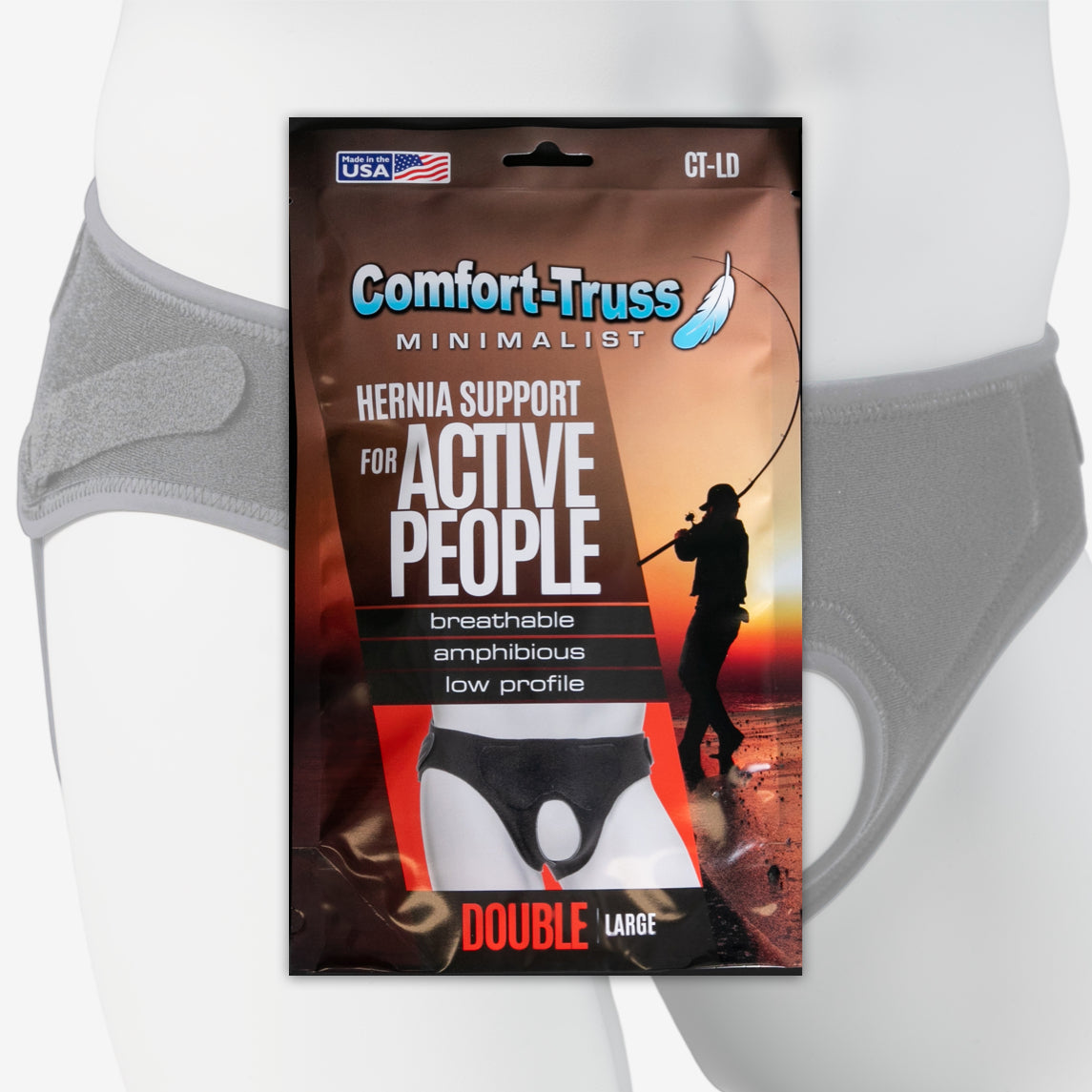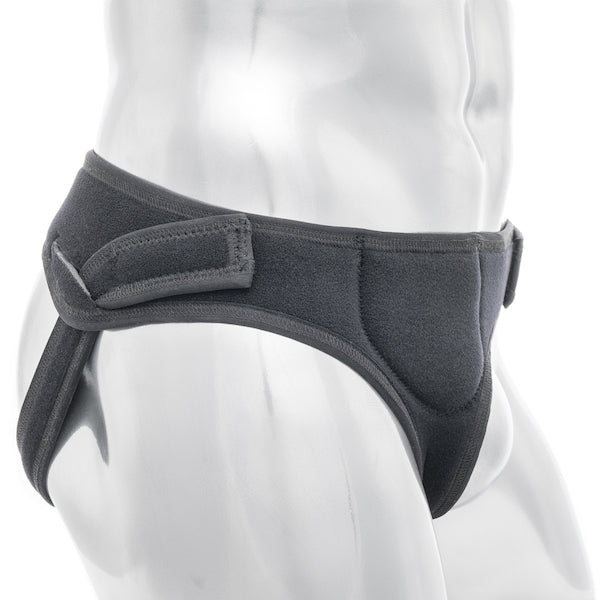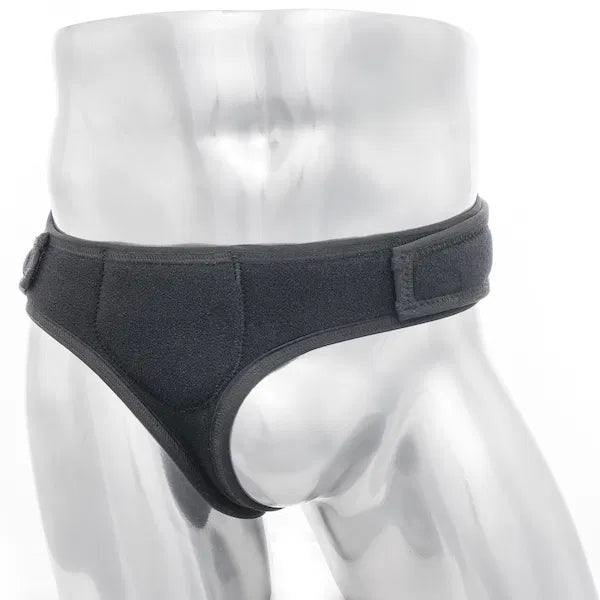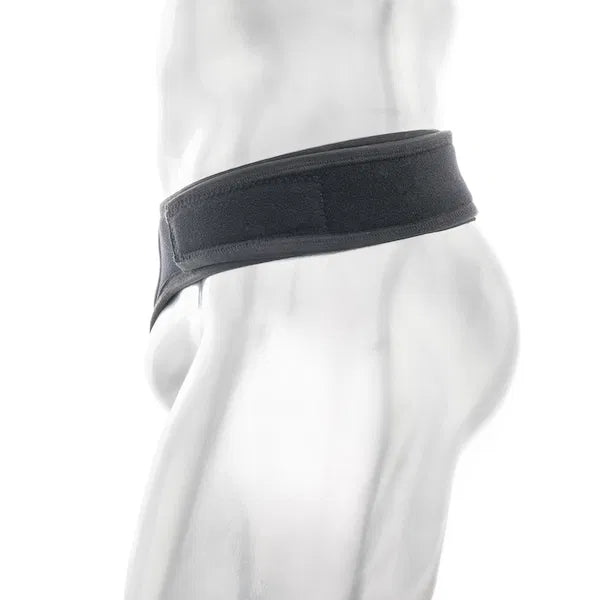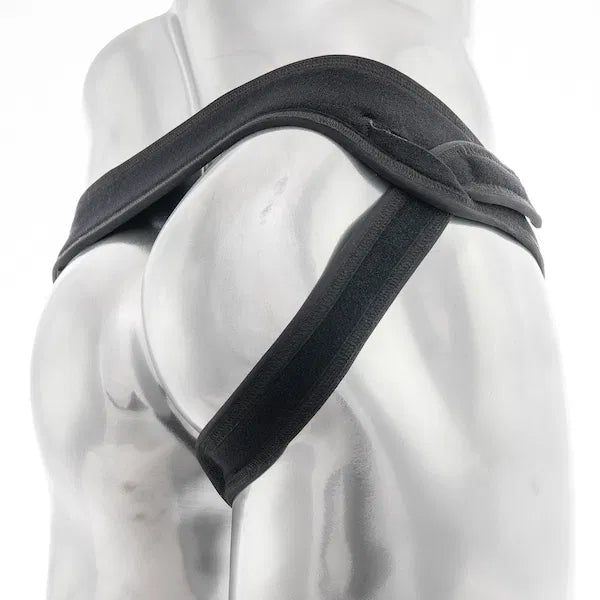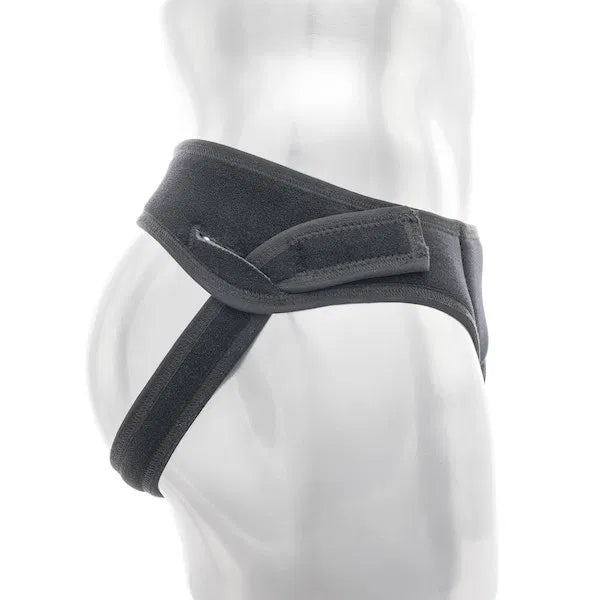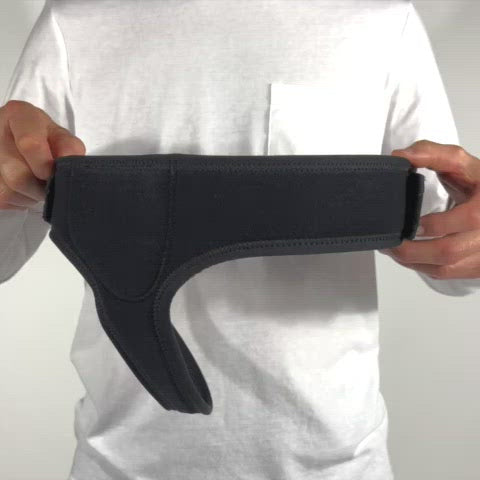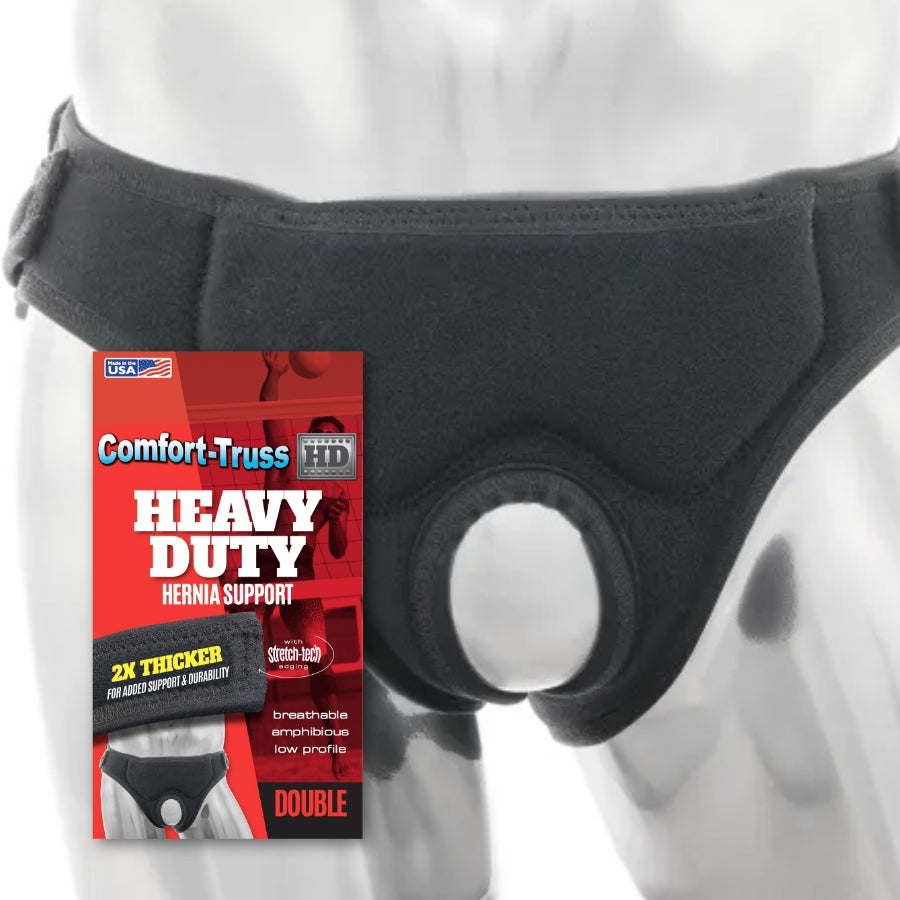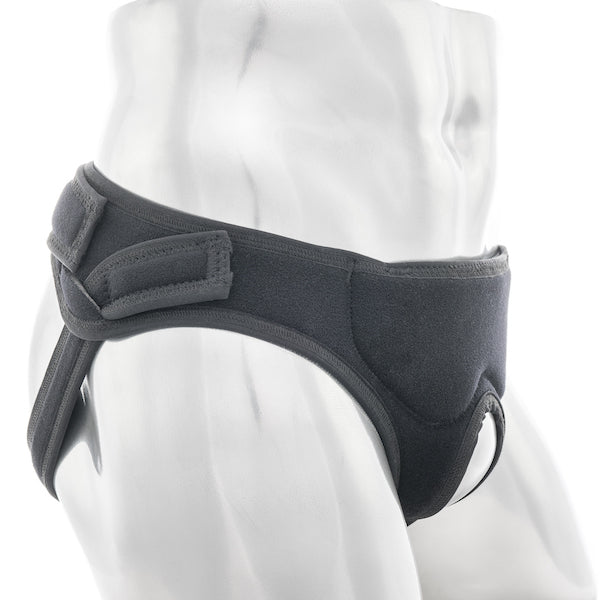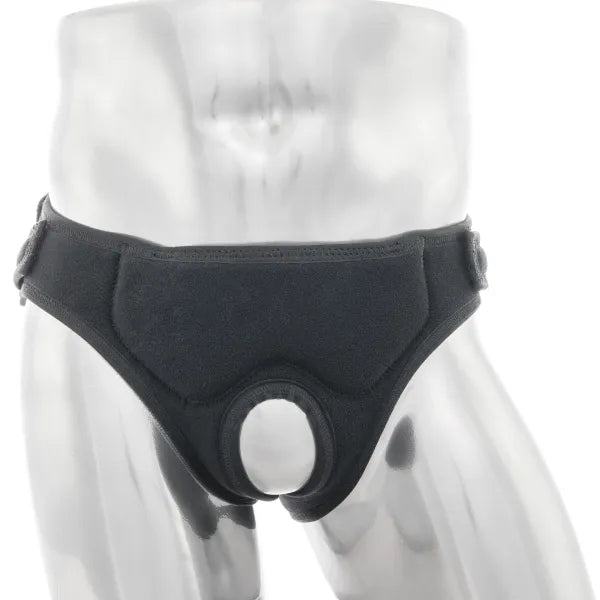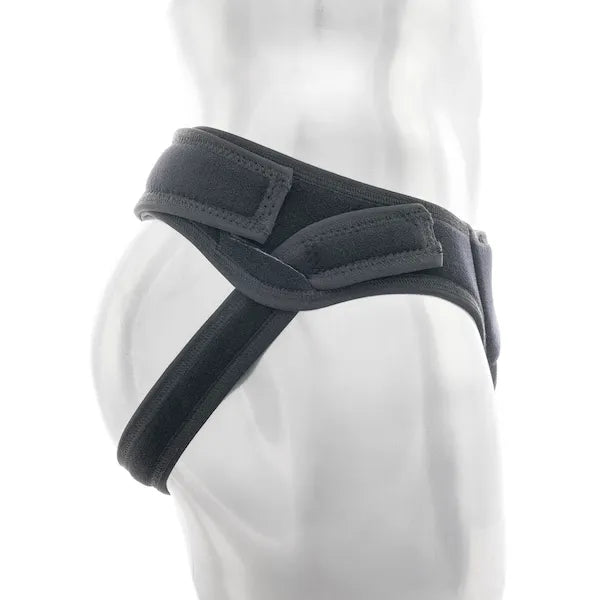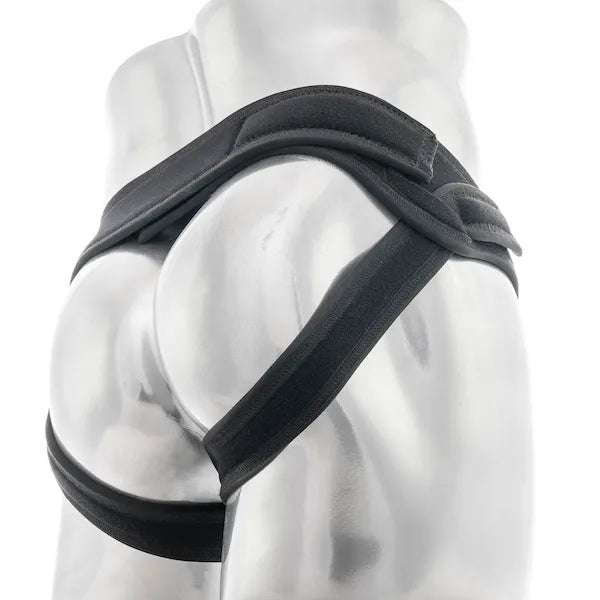Abdominal Strain vs. Hernia: Everything You Need to Know

So you have a pain in your stomach area. But is it a hernia or a pulled muscle? When discussing an abdominal strain vs. a hernia, it's essential to know the symptoms of each. You need to know the difference between a hernia and a pulled muscle because the treatment is different for each condition.
After reading this article, you'll be able to answer questions like "Can you pull a muscle in your stomach?" and "What does a torn stomach muscle feel like?" We'll also touch on how to tell if you have a pulled muscle or a hernia as well as what treatments are available.
Can You Pull a Muscle in Your Stomach?
Yes, you can pull a muscle in your stomach area.
Several crucial abdominal muscles are prone to strains, including:
- Rectus abdominis muscles, which allow movement between your pelvis and ribcage
- Oblique muscles, which help rotate your trunk right and left
- Transversus abdominis muscles, which are the deepest abdominal muscles and help protect your organs and stabilize your trunk
A pulled abdominal muscle, a pulled stomach muscle and an abdominal strain are all the same thing.
What Is a Pulled Abdominal Muscle or Hernia?
A pulled abdominal muscle happens when muscles stretch too far or tear. This can occur on your upper or lower abdomen, as well as on the left or right side of your trunk.
On the other hand, a hernia is a piece of tissue or intestine that pushes through a weak spot in your abdominal muscles.
Common hernias include:
- Inguinal, in the inner groin
- Incisional, around an incision or scar in the abdomen
- Femoral, in the upper thigh or outer groin
- Ventral, in the general abdominal wall
- Umbilical, at the belly button
- Hiatal, inside the abdomen, along the upper stomach or diaphragm

What Are the Causes of an Abdominal Strain vs. a Hernia?
When looking at an abdominal strain vs. a hernia, some causes are the same while others differ.
Either one can occur because of excessive coughing and sneezing or improperly lifting heavy objects.
A strained abdominal muscle also can occur because of intense exercise or sudden, fast movements. Frequent causes of hernias include increased pressure on the abdomen and constipation.
People who participate in sports, especially football and tennis, which require a lot of reaching and side-to-side trunk movements, are prone to pulled stomach muscles — although anyone can suffer an abdominal strain.
Symptoms of a Hernia vs. a Pulled Muscle
If you've never suffered a pulled abdominal muscle or hernia, you may wonder, "Does a hernia feel like a pulled muscle?" In some cases, the answer is "yes," while in others, it's "no."
In looking at a hernia vs. a pulled muscle, it's helpful to note that they both cause pain that worsens with movement.
Depending on the location, a stomach muscle tear could produce:
- Internal oblique pain
- External oblique muscle pain
- Lower abdominal pain
Other symptoms of an abdominal muscle strain include:
- Bruising
- Sudden muscle spasms or cramping
- Muscle stiffness
Hernias present a different set of symptoms, such as:
- A bulge in the abdomen
- An aching, burning sensation
- Nausea or vomiting
Data shows that hernias are relatively common. The National Institute of Diabetes and Digestive and Kidney Diseases reports that around 3 percent of women and 27% of men will experience an inguinal hernia in their lifetime.

Treatment for a Hernia or Pulled Muscle
An essential difference between a hernia and pulled muscle is the treatment that's involved. This is where it's critical to know if you have a hernia or a pulled muscle.
The treatment for abdominal muscle strains includes rest, along with alternating applications of a cold pack and a warm compress. Over-the-counter drugs also can help manage pain and inflammation.
More often than not, doctors will recommend surgery as the treatment for an abdominal hernia. The U.S. Food and Drug Administration estimates that 800,000 inguinal hernia procedures are performed annually.
But that's not the only answer. Many people with reducible inguinal hernias have found relief with a hernia truss that provides support without restricting movement. You don't just have to wait for your next hernia to occur or an existing hernia to worsen. We strongly recommend a proactive approach to hernia intervention.
George Hirst, the founder of Comfort-Truss, was able to manage his hernia without surgery. Using a hernia belt he devised for himself, and by making certain lifestyle changes, he was able to reduce his hernia to the point where he is now asymptomatic. You can learn the techniques George used to deal with his hernia and see how they can help you. The Proactive Approach to Hernia Intervention has everything you need to head down the right path to managing your hernia.





